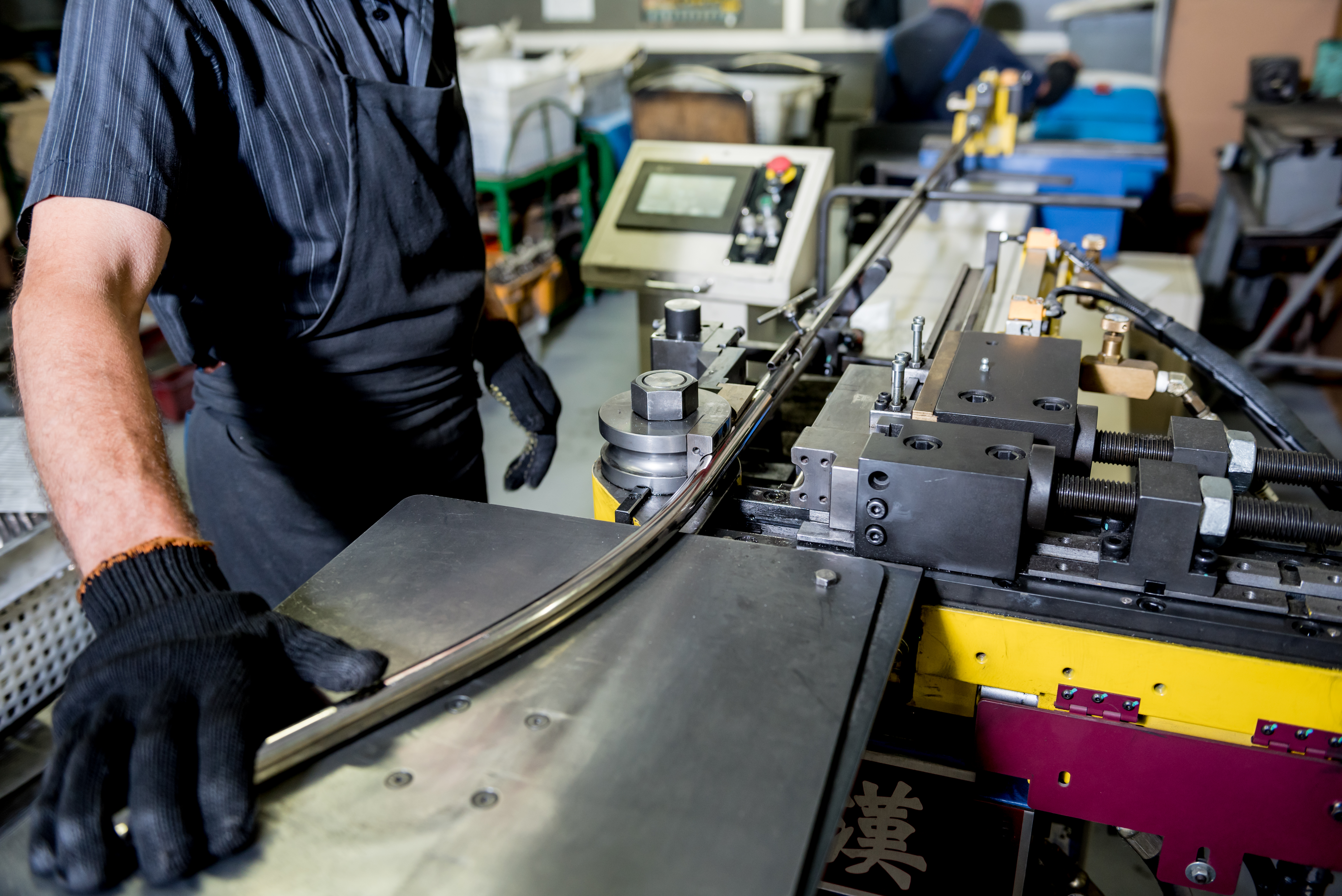The Art of Bending Stainless Steel Tubing
Bending Stainless Steel Tubing: A Guide for DIY Enthusiasts and Professionals
Bending stainless steel tubing might seem like a task only professionals can handle, but with the right tools, techniques, and a little bit of patience, anyone can do it. Whether you're working on a home project or a commercial application, understanding how to bend stainless steel tubing can open up a world of creative possibilities. This guide will walk you through the essentials, from basic methods to advanced strategies that can help you achieve clean, precise bends every time.
Understanding the Basics: Why Bend Stainless Steel Tubing?
Stainless steel is a popular material due to its strength, durability, and resistance to corrosion. However, one of its most useful properties is its malleability, which allows it to be bent into various shapes and angles. Bending stainless steel tubing is essential in many industries, including automotive, construction, and manufacturing. It enables the creation of custom parts, efficient piping systems, and unique design elements that would otherwise be difficult to achieve.
Selecting the Right Tools for the Job
Choosing the right tool is crucial for successful bending. For DIY projects, manual tube benders or hand-operated hydraulic benders are often sufficient. These tools are affordable, easy to use, and perfect for smaller jobs. For more complex or large-scale operations, professional-grade tools like CNC (Computer Numerical Control) benders offer precision, speed, and consistency. The key is to match your tool to the complexity and scale of your project.

Preparation: The Key to Perfection
Before you even think about bending, preparation is essential. Make sure the tubing is clean and free of debris. Mark the bend points clearly so you know exactly where to apply pressure. Lubrication can also make a big difference—using a suitable lubricant reduces friction and helps prevent kinks, especially when making tight bends.
Bending Techniques: From Simple to Advanced
There are several methods for bending stainless steel tubing, each with its own advantages and best practices. Let's take a closer look at some of the most commonly used techniques:
Rotary Draw Bending
Rotary draw bending is a precise method that involves clamping the tube and drawing it over a rotating die. A wiper die is often used to prevent wrinkling on the inside of the bend. This technique is ideal for creating tight, accurate bends and is widely used in automotive, architectural, and industrial applications.
Mandrel Bending
Mandrel bending uses an internal support rod (the mandrel) to maintain the shape of the tube during the bending process. This method is especially useful for thin-walled tubing, as it prevents collapse and maintains a consistent cross-section. It’s a popular choice in aerospace and high-precision engineering.
Press Bending
In press bending, the tube is pressed against two stationary dies to form the desired angle. While this method is less precise than others, it’s fast and effective for simple bends where internal shape isn’t critical. It’s commonly used in structural and commercial applications.
Roll Bending
Roll bending uses a set of rollers to gradually shape the tube into a curved form. This technique is ideal for creating large-radius bends and is often used in the construction of tanks, boilers, and architectural features that require sweeping curves.
Heat Induction Bending
Heat induction bending involves heating the tube to make it more pliable before bending. This method is particularly useful for heavy-wall or tight-radius bends where maintaining material integrity is crucial. It’s widely used in industries such as petrochemical and power generation.
CNC Bending
CNC bending machines use computer programming to control the bending process with high precision. This method ensures accuracy and repeatability, making it ideal for complex, high-volume production. It’s a staple in aerospace, automotive, and industrial manufacturing.
Common Challenges and Solutions
Bending stainless steel isn't always straightforward. Common issues include kinking, springback, and uneven deformation. To avoid kinks, use the correct die size and bend slowly. Springback can be compensated for by slightly overbending the tube. Also, remember that different grades of stainless steel behave differently, so always check the material properties before starting.
Safety First
Safety should always come first. Wear protective gloves, safety glasses, and appropriate clothing. Ensure your workspace is well-lit, organized, and free of hazards. Regularly inspect your tools to ensure they’re in good working condition.
Bringing It All Together
With the right knowledge, tools, and practice, bending stainless steel tubing can become a valuable skill in your workshop. Whether you're a hobbyist or a professional, mastering this technique opens up new opportunities for creativity and efficiency. Remember, patience and persistence are key—every bend is a step toward improvement.
FAQs
Can I bend stainless steel tubing without a specialized tool?
Answer: While it's possible to bend stainless steel tubing manually, using a specialized tool will give you better results. A manual bending jig can work in a pinch, but it requires more effort and may not be as precise.
How do I prevent my tubing from collapsing during a bend?
Answer: Using a mandrel inside the tube can help prevent it from collapsing, especially when making tight radius bends. It provides internal support and maintains the tube's shape.
Can all grades of stainless steel be bent the same way?
Answer: No, different grades have different properties. For example, 304 stainless steel is more ductile and easier to bend than 316. Always consult the material specifications before beginning any bending operation.
Shop Stainless Steel Tubing and Piping
soccer ball training machine, football throwing machine, soccer ball shooting machine, soccer training equipment, soccer ball, soccer machine
Yi He Technology (Shenzhen) Co.,Ltd , http://www.ball-shootingmachine.com
